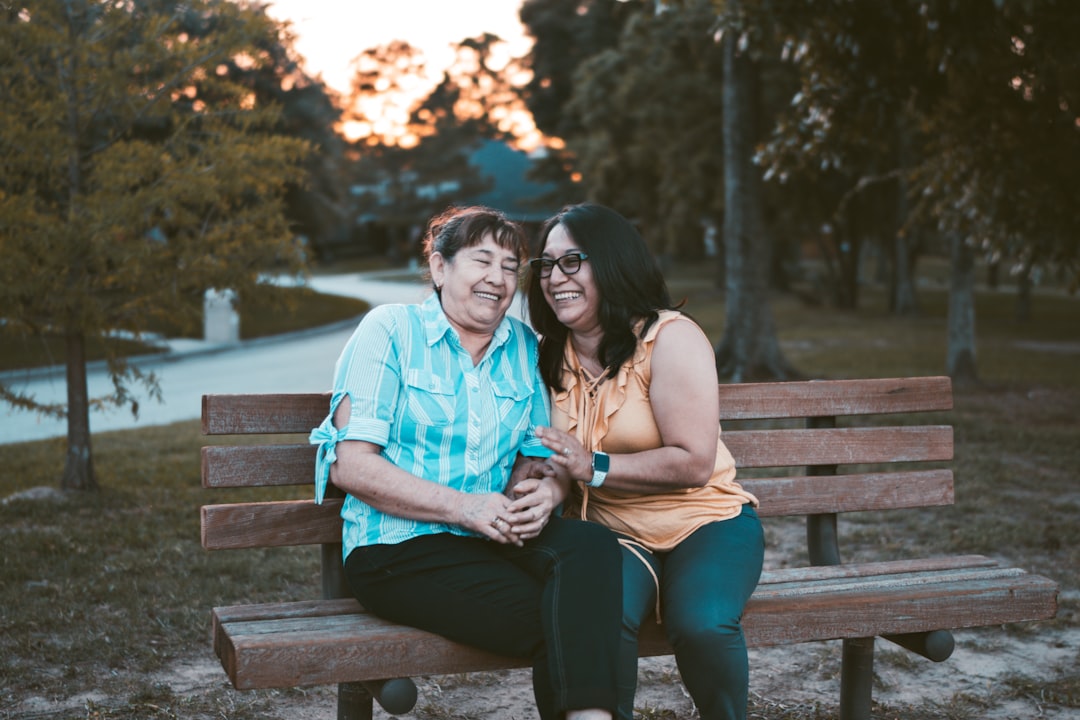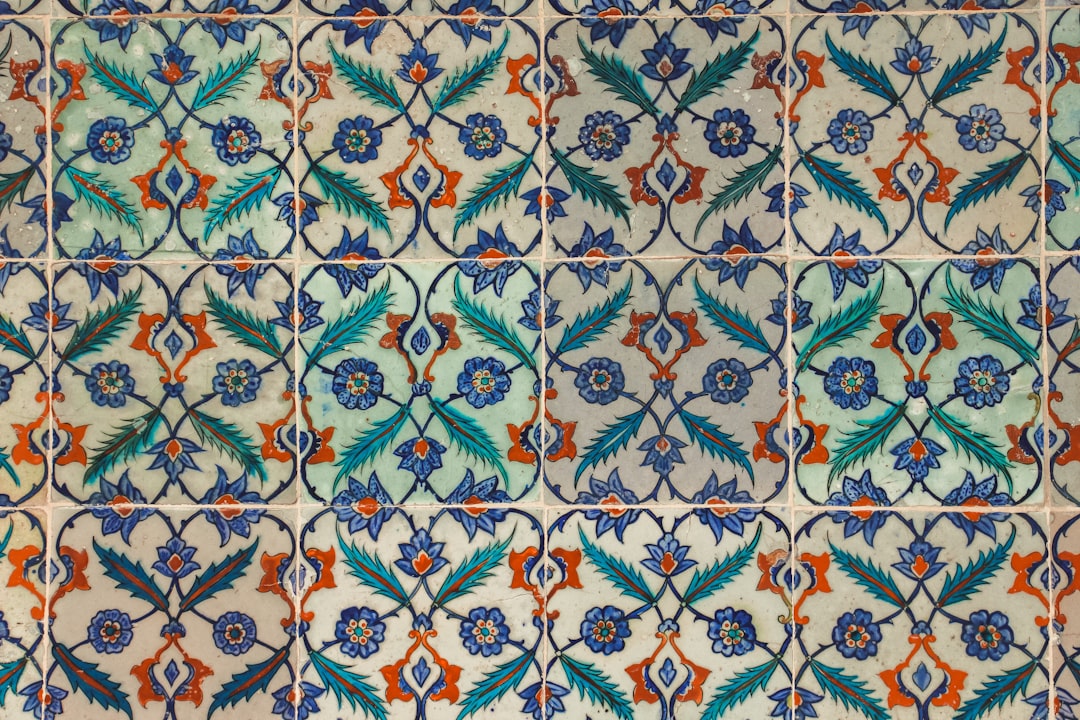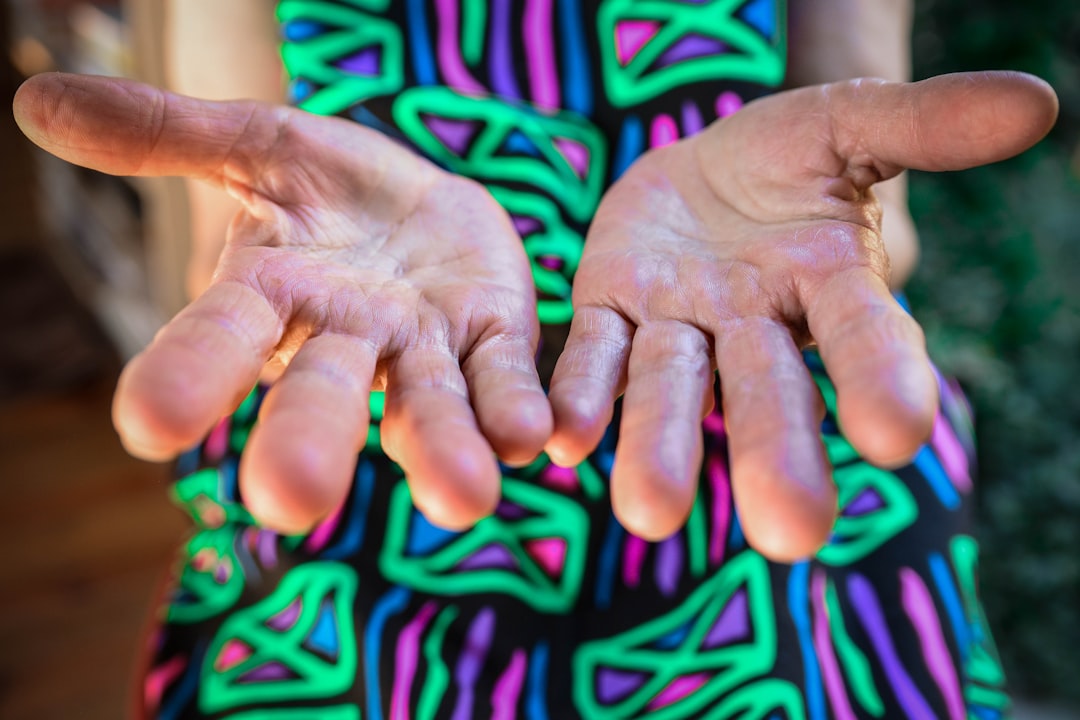
Wellbeing Activities for Care Home Residents with Low Vision
In care home settings, ensuring that residents with low vision have access to engaging and meaningful activities is essential for their wellbeing. These activities not only help in keeping residents entertained but also play a crucial role in enhancing their quality of life, stimulating their senses, and fostering a strong sense of community. With a focus on creating inclusive environments for elderly care, this guide explores a variety of low vision activities that are tailored to meet the needs of seniors, making them both accessible and enjoyable. By integrating sensory activities for seniors into daily routines, care home staff and families can ensure that their loved ones continue to lead fulfilling lives. Let’s delve into some creative and adaptive options that can transform the care home experience for individuals with visual impairments.

The Importance of Adaptive Activities
Enhancing Wellbeing Through Engagement
For elderly individuals with low vision, staying engaged in activities tailored to their abilities can significantly enhance their overall wellbeing. Adaptive activities are crucial as they are designed to be inclusive and accessible, ensuring that all residents can participate. These activities offer numerous benefits such as improving mood and reducing the risk of depression. Participating in adaptive activities also helps in enhancing cognitive function and promoting social interaction, which is vital for mental health. Additionally, these activities stimulate remaining senses and help maintain fine motor skills, providing a sense of accomplishment and purpose. By thoughtfully adapting activities to meet the specific needs of residents with low vision, care homes can create an environment where all individuals feel valued and included. This approach not only enriches their daily lives but also fosters a stronger sense of community within the care home setting.

Benefits of Inclusive Activities
Inclusive activities are vital in care homes for residents with low vision, offering a range of benefits that enhance overall wellbeing. By tailoring activities to be accessible, care homes ensure that every resident has the opportunity to participate, regardless of their visual abilities. This inclusivity fosters a sense of belonging and can significantly boost residents’ self-esteem and confidence. Additionally, inclusive activities help combat feelings of isolation by encouraging social interaction among residents. This social engagement is crucial for mental health, as it helps reduce anxiety and depression. Furthermore, engaging in inclusive activities can lead to improved physical health by promoting movement and coordination. These activities also stimulate cognitive function, helping to maintain mental sharpness and memory. Overall, inclusive activities provide a holistic approach to care, ensuring that residents are not only entertained but also supported in maintaining their physical, emotional, and mental health.
Sensory-Based Activities
Tactile Art with Textured Materials
Tactile art is an excellent way to engage residents with low vision in creative expression. By using various textured materials, such as sandpaper, fabric scraps, and textured paper, residents can create art rich in sensory details. This activity not only stimulates the sense of touch but also encourages creativity and self-expression. Care home staff can assist by providing a diverse range of materials and guiding residents in exploring different textures. Encouraging residents to create unique, personalised art pieces can be very rewarding. Group sessions where residents share their creations can foster a sense of community and provide social interaction. This activity is particularly beneficial as it allows residents to focus on the tactile experience rather than visual input, making it more accessible and enjoyable for those with low vision. Overall, tactile art with textured materials is a valuable addition to sensory activities for seniors in care homes.

Creating Scented Sachets
Creating scented sachets is a delightful activity that combines creativity with aromatherapy, offering a multi-sensory experience for residents with low vision. To start, fill small fabric bags with dried herbs, flowers, or spices. Popular choices include lavender for relaxation, rosemary for memory, and cinnamon for a comforting scent. This activity allows residents to customize scents to their preferences, making it highly personal and engaging. Care home staff can assist residents in assembling their sachets, ensuring the process is enjoyable and safe. Once completed, these scented sachets can be used to freshen personal spaces or given as thoughtful gifts to family and friends. This activity not only stimulates the sense of smell but also provides a sense of accomplishment and purpose. Overall, creating scented sachets is an enriching and accessible option for incorporating sensory activities for seniors into daily routines in care homes.

Exploring Sensory Bins
Exploring sensory bins offers a tactile exploration experience, making it an ideal activity for residents with low vision. Sensory bins can be easily adapted to various themes or seasons, providing endless possibilities for engagement. To create a sensory bin, fill a container with a variety of items such as leaves, pinecones, beads, or fabric scraps. Residents can explore and describe different textures, enhancing their sensory perception and cognitive skills. Seasonal themes can spark memories and conversations, adding a nostalgic element to the activity. Care home staff should guide residents through the exploration process, encouraging interaction and discussion. The contents of the bins can be customised to suit individual interests and abilities, ensuring that each resident finds the experience enjoyable and enriching. Sensory bins are not only a great way to stimulate the senses but also promote social interaction and cognitive engagement in a care home setting.

Adaptive Crafts
Large-Print Colouring Books
Large-print colouring books offer a calming and accessible activity for residents with low vision. These books are specially designed with bold lines and larger images, making it easier for individuals to see and colour within the spaces. This activity promotes relaxation and focus, providing a therapeutic outlet for creativity. To enhance the experience, supply thick crayons or markers that are easier to handle, allowing for better grip and control. Offering a variety of themes can cater to different interests, from nature scenes to geometric patterns, ensuring that residents remain engaged and motivated. Encouraging both individual and group colouring sessions can foster social interaction and a sense of community among residents. Large-print colouring books are not only a great way to engage residents in a meaningful activity but also help maintain fine motor skills and cognitive function, enhancing the overall wellbeing of those in care home settings.

Geometric Tape Painting
Geometric tape painting is an enjoyable and visually striking activity that is accessible for residents with low vision. This craft involves using painter’s tape to create patterns on a canvas or paper, which are then painted over with bright colors. Once the paint dries, the tape is removed to reveal clean, geometric designs. This method does not require precise vision, making it ideal for individuals with visual impairments. To begin, residents can choose their preferred colors and tape patterns, allowing for personalization and creative expression. Care home staff can assist in applying the tape and ensuring that the painting process is smooth and enjoyable. The finished artworks can be displayed throughout the care home, adding vibrant decoration and a sense of achievement for the artists. Geometric tape painting not only stimulates creativity but also enhances fine motor skills, making it a valuable addition to adaptive crafts in care home settings.
Lego Building with Duplo Blocks
Lego building with Duplo blocks offers a tactile and engaging activity for residents with low vision. Duplo blocks are larger and easier to handle than standard Lego pieces, making them more accessible for individuals with limited vision. This activity encourages creativity and problem-solving as residents can build simple structures or more complex designs based on their interests and abilities. Providing a variety of colorful Duplo blocks can stimulate the senses and enhance the building experience. Care home staff can facilitate solo or collaborative building projects, promoting social interaction and teamwork among residents. Additionally, building with Duplo blocks helps maintain fine motor skills and spatial awareness, contributing to cognitive function and physical dexterity. By incorporating Lego building with Duplo blocks into daily routines, care homes can offer a fun and purposeful activity that is both accessible and beneficial for residents with low vision.

Further Resources
In addition to the engaging activities mentioned above, the following resources provide valuable support and inspiration for elderly individuals with low vision:
-
National Library Service for the Blind and Print Disabled (NLS): The NLS offers free braille and talking book library services for people with visual impairments or physical disabilities. This is an excellent resource for accessing audiobooks and other accessible reading materials.
-
American Foundation for the Blind (AFB): The AFB provides a wealth of information on assistive technologies and resources for people with vision loss, including guides on how to use various devices and software.
-
VisionAware: This site offers practical tips and information for living with vision loss, featuring a section dedicated to recreation and leisure activities for visually impaired adults.
-
Hadley Institute for the Blind and Visually Impaired: Hadley offers free distance education programs for adults with vision loss, including courses on technology, independent living skills, and recreational activities. They provide meaningful resources for learning new skills and staying engaged.
Schedule an Eye Test Today!
We are committed to enhancing the quality of life for residents with low vision. Regular eye tests are crucial in maintaining eye health and addressing vision changes early. Contact us today to schedule an eye test for your loved one and ensure they receive the best possible care tailored to their needs.
Contact Us to schedule your eye test appointment now!




Brilliant! Thanks this is a great resource 🙂
I am not sure where youre getting your info but good topic I needs to spend some time learning much more or understanding more Thanks for magnificent info I was looking for this information for my mission
Your writing has a way of making even the most complex topics accessible and engaging. I’m constantly impressed by your ability to distill complicated concepts into easy-to-understand language.
Wonderful web site Lots of useful info here Im sending it to a few friends ans additionally sharing in delicious And obviously thanks to your effort